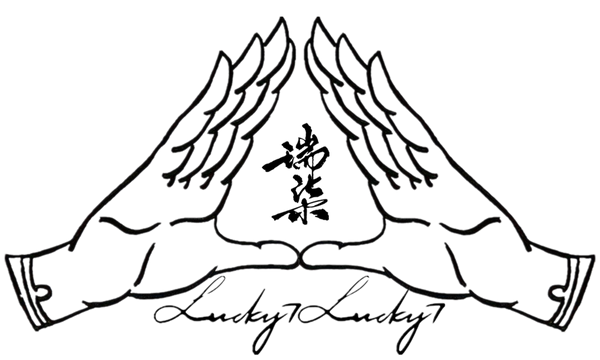
What is “KaiGuang(开光)” and Why do you need “KaiGuang(开光)”
Share
“KaiGuang”a word with religious, cultural and philosophical connotations, carries important symbolic meanings in both the East and the West. It is not just a ritual, but a pursuit of the true nature of things.
Any mascot, before the “KaiGuang” is just a handicraft, and there is no real connection with the buyer, only through the “KaiGuang” of the practitioner, it becomes a talisman with the function of “KaiGuang” and support, so as to inject energy into the wearer, enhance luck, stimulate your good luck and vitality.
What is“KaiGuang(开光)”
“KaiGuang” is a mystical ritual that is usually performed during religious or cultural events. Its purpose is to enhance the essence and potential of things. The forms and specific rituals of “KaiGuang” vary across cultures and religions, but they all share a common idea of giving divine power to something to become a divine or special being through rituals and prayers.
Generally speaking, it refers to a cultivator who has reached a certain stage of cultivation (entering a higher life level, and the life energy is higher than that of ordinary people), and directly and compulsively makes good wishes and energy for a certain mascot or low-level life form.

Types of “KaiGuang(开光)”
There are many forms of “KaiGuang”, but here are some of the common types:
“KaiGuang”for Buddhas :This “KaiGuang” usually involves placing an object in a ritual so that it receives divine energy. For example, in Buddhism, a Buddha statue is consecrated through rituals to make it a symbol of spirituality and possess special energy.
“KaiGuang”for Mascots:Sometimes, other items can also undergo “KaiGuang” rituals to give them some special powers. For example, swords, rosaries, and jade pendants, etc., which are more common in rituals in religion.
“KaiGuang”for Places: Sites are also considered to be consecrated in religious cultures, for example, temples, certain places, or shrines, which are consecrated to enhance their sacredness.

The meaning of “KaiGuang(开光)”
The meaning behind the “KaiGuang” is multifaceted, and it represents the exploration and reverence of the mysterious and the supernatural.“KaiGuang” ceremonies are often accompanied by prayers, meditations, and religious ceremonies. It is possible to make a person or thing receive a new kind of energy that allows it to change its original state and appearance. In addition, “KaiGuang” has social and cultural significance, as it reinforces a sense of community identity, inherits cultural traditions, and shapes values.

The difference between “KaiGuang(开光)” and Not
There is a clear distinction between “KaiGuang” and Not. “KaiGuang” means imparting divine energy or spiritual qualities to something, which is not possessed without “KaiGuang”. The ritual of “KaiGuang” elevates an object, person, or place from an ordinary state to a sacred or special state.

“KaiGuang” is usually accompanied by certain rituals and rituals. These rituals may include prayers, blessings, meditations, etc., all of which are meant to channel the flow of divine energy or meaning. These rituals are not only common in religions, but also in some cultural and philosophical systems.

Write to the end
“KaiGuang” is a ritual full of mystical and religious connotations, and it is present in different cultures around the world. It represents the human quest and interpretation of the true nature of things, as well as the reverence for supernatural powers. “KaiGuang” confers special sacred attributes on an object, person, or place, and usually requires a certain amount of ritual and belief. Whether from a religious, cultural, or philosophical point of view, enlightenment plays an important role in influencing the beliefs, behaviors, and worldviews of all beings.
